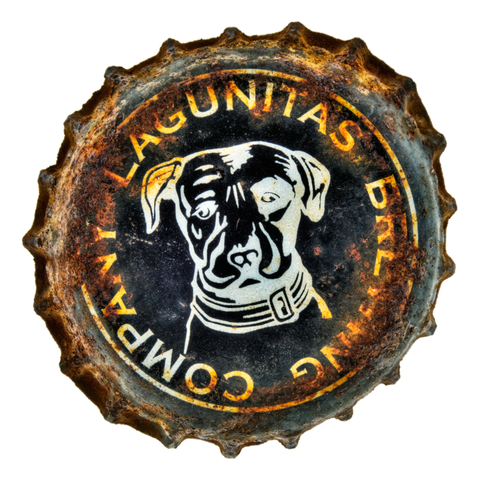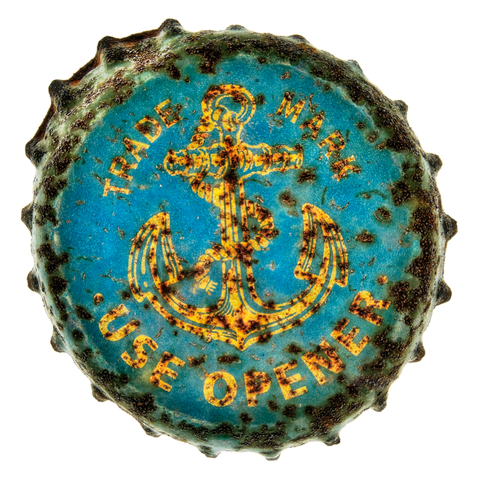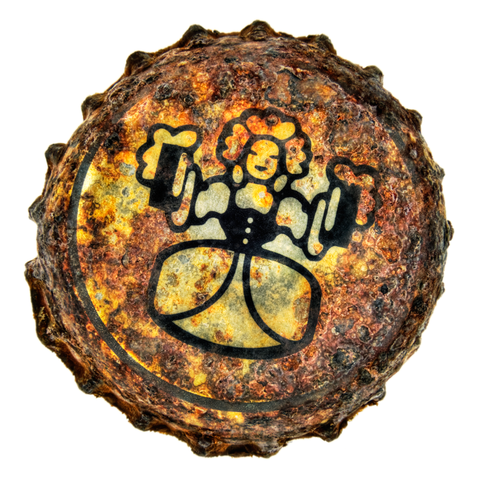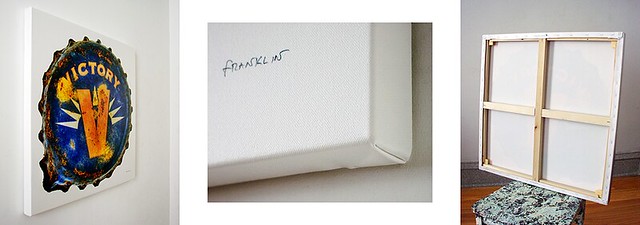How many of us notice the wall colors in the stores where we shop? I was guilty of ignoring it until I read the following article. I feel the more insight we have about retailers' use of color to influence our purchases, the better equipped we are to resist impulse purchases. It keeps money in our pocketbooks when we are aware!
Shoppers most often choose what they buy based on color. In fact, it can account for up to 85 percent of the reason people buy one product over another, according to the Color Marketing Group, a professional organization for color designers in Alexandria, Va.
Color's influence on consumer behavior isn't confined to just merchandise. The colors surrounding customers while they're shopping also can influence whether they make a purchase. "Colors in a store format can create different emotions and store retailers can use that," says Rich Kizer, a St. Charles, Ill.-based retail design consultant.
Here are five ways store colors can affect the shopping experience and help turn browsers into buyers:

Quiltique in Henderson, Nev., is decorated in an antique garden theme, with found objects like chairs and window frames providing accent colors.
Photo by Quiltique
1. Tell a story with color. Rather than simply select colors you like, it can be more effective to start with a theme and choose colors that represent that concept. For example, you could capture the essence of the beach with colors reminiscent of sand, water and sunshine. That would transport customers to an environment they associate with relaxation and enjoyment and make them want to stick around your shop longer.
"There are hardwires we have about colors," says Jill Morton, a Honolulu-based color psychologist and brand identity expert. "Blue is associated with water, green with grass, red is fire."
When Jennifer Albaugh chose a color scheme for Quiltique, her Henderson, Nev., sewing and quilting supply shop, she first decided on the theme of antique gardens. This prompted her to find colors that suggested garden spaces, rather than pick random paint swatches at the hardware store. She painted her walls celery green and used a brick red accent to call to mind foliage and garden pots.

Accessories from the Heart in Oswego, Ore., uses a burnt orange color for the walls and floor to create a warm, welcoming environment.
Photo by Sarah Fenwick
2. Comfort and calm customers.Warm colors like oranges and browns are inviting and reassuring to shoppers, while cooling colors like green and blue can have a calming effect, says Georganne Bender, a partner and retail consultant with Rich Kizer.
"Orange makes you happy," she says. And happy customers are more likely to linger longer in your store. When Carol Winston moved her Lake Oswego, Ore., women's shop, Accessories From The Heart, to a new location, she decided to change the white walls to burnt orange. At night, under the store's halogen lighting, the interior gives off a warm calming glow.
"When it gets dark, the store looks like a jewelry box," Winston says. "It's really inviting."
3. Alert your shoppers to certain products. Bright colors like yellow and red grab customers' attention, stopping them in their tracks before they breeze by a product display. That's because yellow is the color first perceived by the retina, according to Linda Cahan, a West Linn, Ore., retail design consultant. Red, of course, has long been associated with stopping, whether it's on a traffic signal, emergency vehicle or store design.
"People buy more when there is red," Cahan says.
But use these bold colors sparingly. Too much red will agitate shoppers, Bender warns. She recommends making bright accent colors no more than 20 percent of your store's overall color scheme.

Wet Nose's periwinkle logo color is brought out in the store design, from the color of the ceiling to decorative ribbons around products.
Photo by Wet Nose
4. Build brand recognition. Colors can increase brand recognition by 80 percent, according to a 2007 study by psychology and management researchers at the University of Loyola, Maryland. Finding a way to work your logo colors into your retail design will help customers associate those colors with your company. But think beyond just the paint on your walls.
At Wet Nose, a pet shop with two locations in the Chicago area, owner Sheila Spitza draws inspiration from the shop's periwinkle logo. The ceiling is painted a rich purple, while merchandise tags, business cards and tissue paper match the lighter purple of the logo. A customer once told Spitza she spotted a little girl at a party wearing the shop's decorative periwinkle ribbons around her pigtails.
"I wanted to use a color that was unique and could be identified with Wet Nose," Spitza says.
5. Highlight rather than overpower your product. Be careful not to drown out what you're selling by immersing it in too much color. "In retail, you want the merchandise to pop and not the surroundings," Bender says.
If you are selling lingerie, for example, bold colors could work against the delicate quality of the product. Similarly, if you are selling electronics, too many bright, flashy colors can detract from your product's clean sleek look. Because Quiltique sells particularly busy and bright patterns, Albaugh limited the store's main color scheme to celery green and brick red to avoid overpowering the quilts on her walls. She worked other colors in more subtly by using found objects like a distressed turquoise bookcase and yellow antique gate as display pieces—all in keeping with her antique garden theme.
"You don't want to have explosive color [that] is irritating to the customer," she says. "We incorporate bright cheerful colors…It brings so much life to the store."

Jane Porter is a freelance writer and editor based in Brooklyn, NY. You can find more of her work at
Janeroseporter.com








